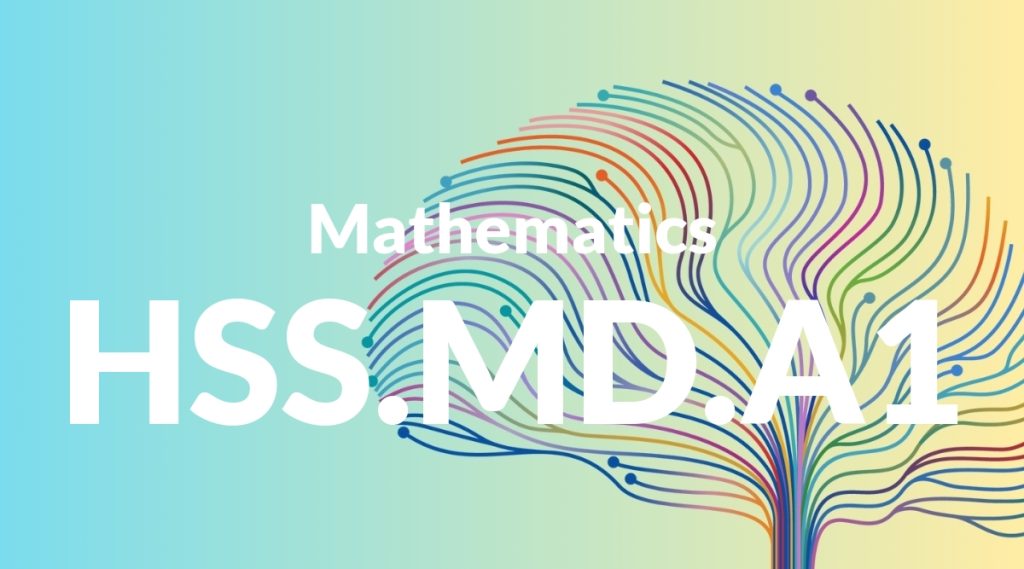Standard: HSS.MD.A1 – (+) Define a random variable for a quantity of interest by assigning a numerical value to each event in a sample space; graph the corresponding probability distribution using the same graphical displays as for data distributions.
Grade level: High School: Statistics & Probability
Subject: Mathematics
Domain: Measurement & Data
Teacher Overview
This standard involves defining a random variable for a quantity of interest and graphing its probability distribution. Understanding this concept is crucial for students as it lays the groundwork for more advanced topics in statistics and probability. It helps students make sense of data and uncertainty, which are prevalent in various real-world contexts. Students should already understand basic probability concepts and be able to create and interpret different types of data displays. This foundational knowledge is essential for grasping the more complex ideas of random variables and probability distributions.
Mastering this standard will enable students to understand and work with more complex statistical concepts, such as multivariable distributions and statistical inference. This knowledge is essential for advanced studies in statistics and various real-world applications.
Common Misconception 1
A common misconception is that all outcomes of a random variable are equally likely. This is incorrect because the probability of different outcomes can vary significantly depending on the context. For example, in a biased coin, heads might be more likely than tails.
Intervention 1
To address this misconception, use examples like weighted dice or biased coins to illustrate how probabilities can differ. Have students calculate and compare the probabilities of different outcomes in these scenarios.
Common Misconception 2
Another common misconception is confusing probability distributions with frequency distributions. While a frequency distribution shows how often each outcome occurs in a sample, a probability distribution represents the likelihood of each outcome.
Intervention 2
To remediate this misconception, provide side-by-side examples of frequency and probability distributions. Use visual aids and have students practice creating and interpreting both types of distributions.
Prerequisite Knowledge
Students should have a basic understanding of probability, including concepts such as sample spaces, events, and simple probability calculations. They should also be familiar with different types of data displays like histograms and bar graphs.
Subsequent Knowledge
After mastering this standard, students will be able to apply their understanding of random variables and probability distributions to more complex scenarios, such as multivariable distributions and statistical inference. They will also be prepared to tackle topics in advanced statistics and probability, including hypothesis testing and regression analysis.
Instructional Activities
- Conduct a classroom experiment with weighted dice and have students create probability distributions based on their results.
- Use software tools to simulate random events and graph their probability distributions.
- Analyze real-world data sets to identify and define random variables.
- Create visual aids that compare and contrast frequency distributions and probability distributions.
- Assign projects where students must predict outcomes based on given probability distributions.




